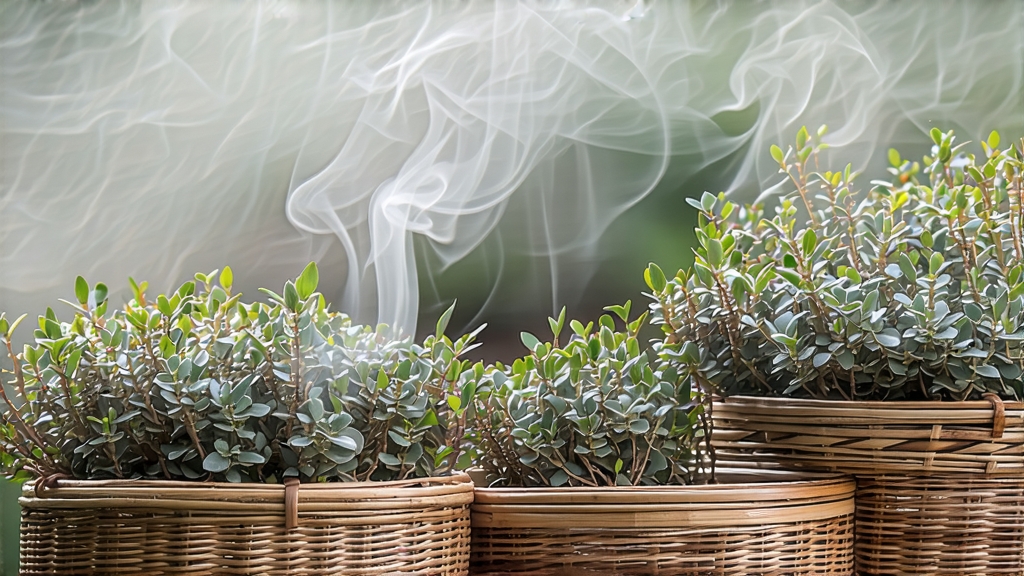
Tucked into the subtropical hills of northern Fujian, where the Min River bends toward the East China Sea, a tiny bud has been quietly shaping the reputation of Chinese tea for almost nine centuries. Known in the West as Silver Needle and in its homeland as Bai Hao Yin Zhen—“White Hair Silver Needle”—this down-covered tip is the most aristocratic expression of white tea, a category defined less by color in the cup than by the near-absence of manipulation in the leaf. To understand Silver Needle is to witness the Chinese art of “doing as little as possible,” a philosophy that turns restraint into refinement.
Historical whispers place the birth of white tea during the Song dynasty (960-1279), when imperial tribute lists first recorded “white cakes” pressed from wild buds. Yet the loose, fluffy Silver Needle we recognise today did not emerge until the late Qing, when export houses in Fuzhou discovered that foreign palates would pay a premium for the pale, sweet liquor yielded by unopened buds. By 1891 the first chests arrived in London, astonishing Victorian tasters who expected only black tea from China. Silver Needle’s fame spread so quickly that Fuding and Zhenghe counties—separated by a day’s walk over the Wuyi foothills—became locked in a friendly rivalry that still defines terroir-driven nuances in flavor.
Botanically, only two cultivars are sanctioned for authentic Silver Needle: Fuding Da Bai (“Big White”) and Zhenghe Da Bai. Both are large-arbor varieties whose spring buds can reach 3.5 cm, sheathed in a silvery indumentum so dense it looks like hoarfrost. The bud must be picked at the “fish-hook” stage, when the first leaf is still folded inside like a sleeping moth. One kilogram of finished tea demands roughly 30,000 such buds, all plucked between Qingming and Grain Rain, the two-week window when amino acids peak and tannins remain gentle. Experienced pickers work barefoot on dew-cooled terraces so as not to bruise the tender tips; any compression at this stage would oxidise the leaf margin and mar the tea’s signature “white” character.
Once gathered, the buds are laid in paper-thin layers on bamboo trays set under shaded pergolas. Here the magic of withering begins, a 36- to 48-hour choreography of air, moisture, and instinct. Unlike green tea, whose enzymes are killed by pan-firing, Silver Needle is allowed to breathe. Oxidative browning is slowed, not stopped, by the evaporation of water alone. Master witherers shuffle the trays every twenty minutes, reading the weather the way a sailor reads the tide: too much sun and the bud reddens; too little and it lingers in grassy limbo. On humid days charcoal-heated lofts are employed, yet the temperature must never exceed 35 °C, lest the precious hairs scorch. When the bud’s moisture drops to 8-10 %, a final bake of only minutes sets the aroma, yielding a leaf that feels feather-light yet springs back when pressed.
The finished needle is a cigarillo of pale jade, downier than a peach and fragrant with melon, pine sap, and the mineral snap of wet slate. Its cell structure remains intact, which explains why Silver Needle ages more gracefully than any other white tea. Stored in breathable clay or kraft paper, the buds darken slowly from moonlight to antique gold, developing notes of honeycomb, sandalwood, and dried longan. Connoisseurs now speak of “vintage Yin Zhen” the way oenophiles discuss Bordeaux, with 2012 and 2017 already fetching auction prices triple their original value.
To brew Silver Needle is to practise patience. Begin with glass or porcelain; yixing clay, however prized, will mask the ethereal top notes. Weigh 3 g for every 150 ml of water, then heat the latter to 80 °C—just below the first bubble. After a quick rinse to awaken the hairs, infuse for 60 seconds. The liquor emerges the color of morning sunshine through muslin, releasing an aroma that oscillates between fresh lychee and alpine meadow. On the palate it enters almost weightlessly, then expands into a glycerine body of ripe pear and sweet cream, finishing with a returning coolness the Chinese call “sheng jin,” literally “generating fluid.” Subsequent steeps may be lengthened by thirty-second increments; a quality needle delivers five infusions before surrendering its sweetness.
Professional cupping follows a quieter ritual